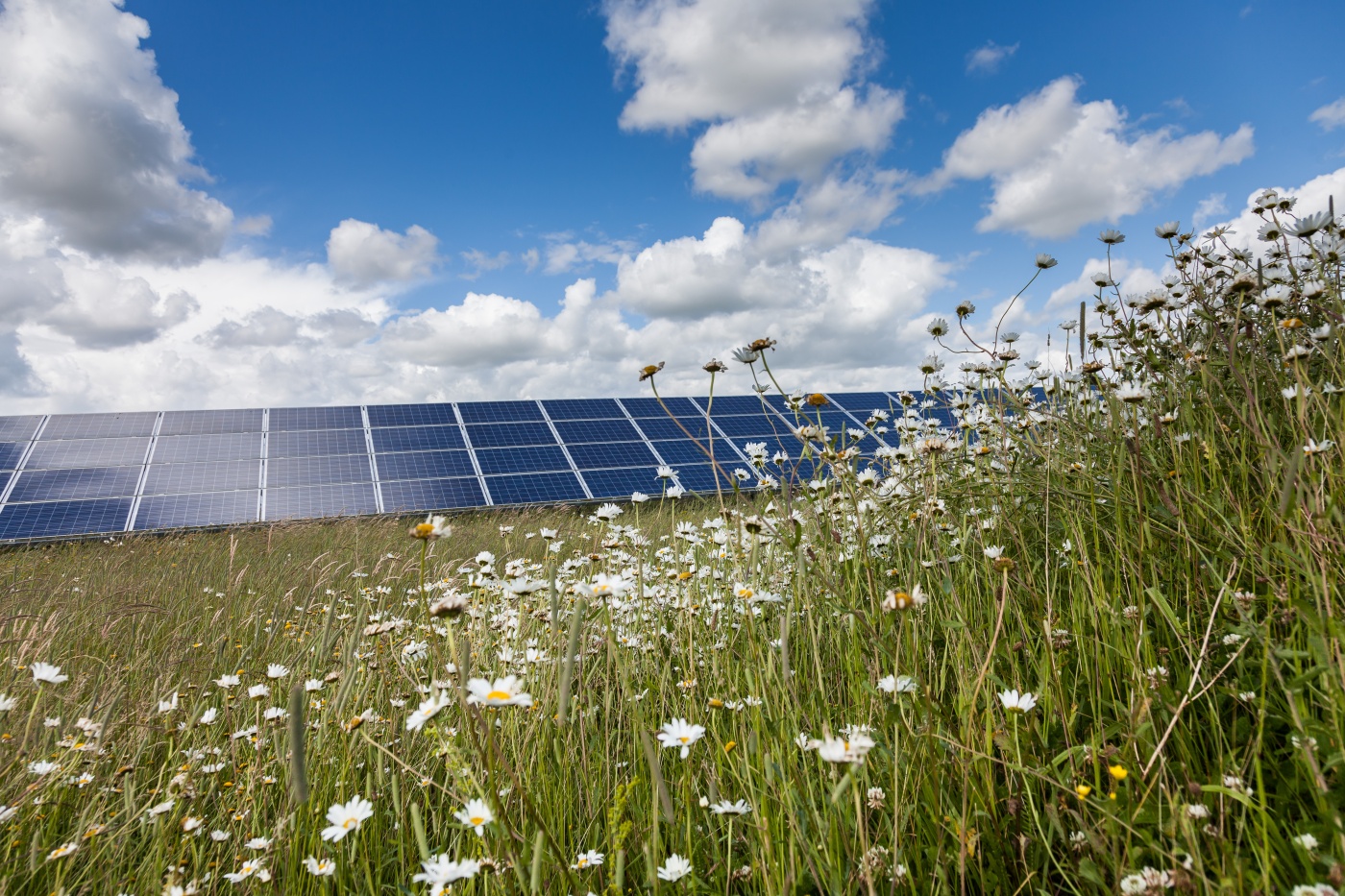On Thursday, January 22nd I went to a hearing of the Minnesota Senate’s Energy & Utilities Finance & Policy Committee held at Mound Westonka High School in Minnetrista.
The purpose of the hearing was to gather public input and discuss an energy policy, Clean Energy First, proposed for the upcoming 2020 legislative session.
If the name sounds familiar it’s because the ideas behind Clean Energy First were floated by Conservation Minnesota back in 2019, and it’s back for this upcoming legislative session. The concept is pretty simple: we already know that clean energy is a growing part of Minnesota’s energy mix and the lowest cost choice for generating new electricity. Clean Energy First would build on these successes by requiring that when Minnesota utilities invest in new capacity to generate electricity, they must first look to clean energy technologies—like energy efficiency, energy storage, or renewable energy—as long as they can fulfill energy needs in a reliable and affordable manner.
The hearing began with comments from the committee’s chair Senator David Osmek who talked about his own work on the Clean Energy First bill over the summer. He noted that there was now a “glimmer of hope” that a new energy policy for Minnesota might be passed into law during this upcoming legislative session. Senator David Senjem then explained how the Clean Energy First proposal would work and how, in his opinion, support for updating Minnesota’s energy policies was strong among a broad swath of the public.
The committee then heard testimony from people on their views on the Clean Energy First proposal. The testifiers represented many communities and groups and, as you’d expect, their comments varied quite a bit, but I saw two major themes emerge in their comments:
- There is strong support for Minnesota adopting an energy future oriented around renewable energy. For example, one testifier with Otter Tail Power stressed that we are entering a “post-coal era” and the state needs to plan accordingly.
- This bill still needs a lot of work. For example, the definitions of the terms “affordable” and “renewable energy” under this plan is very much open for debate. Kara Josephson with the Minnesota Center for Environmental Advocacy stressed that the proposal was good but needed to be strengthened moving forward.
This is where things stand as we look forward to the 2020 legislative session: there is broad support for updating Minnesota’s energy policies, and there’s still a lot of work to do.

